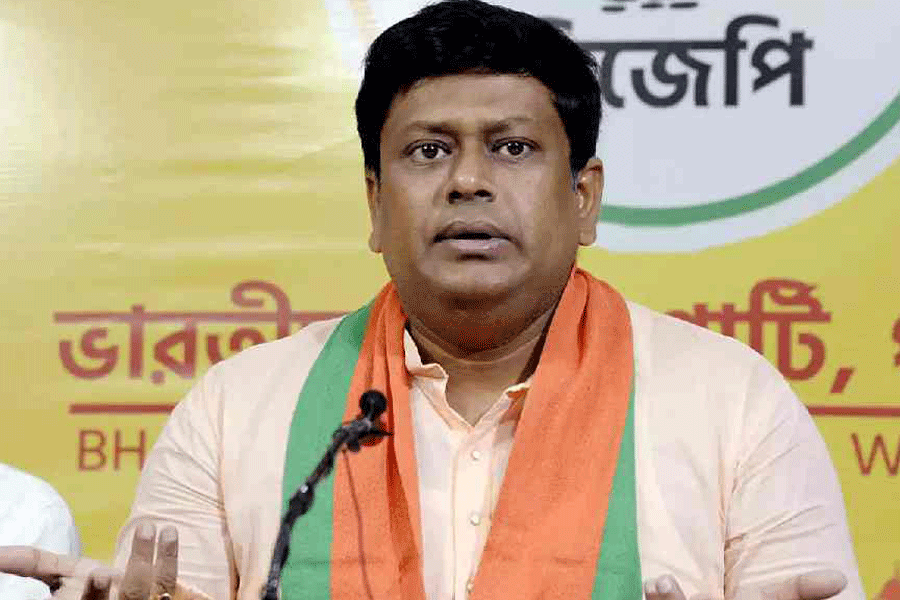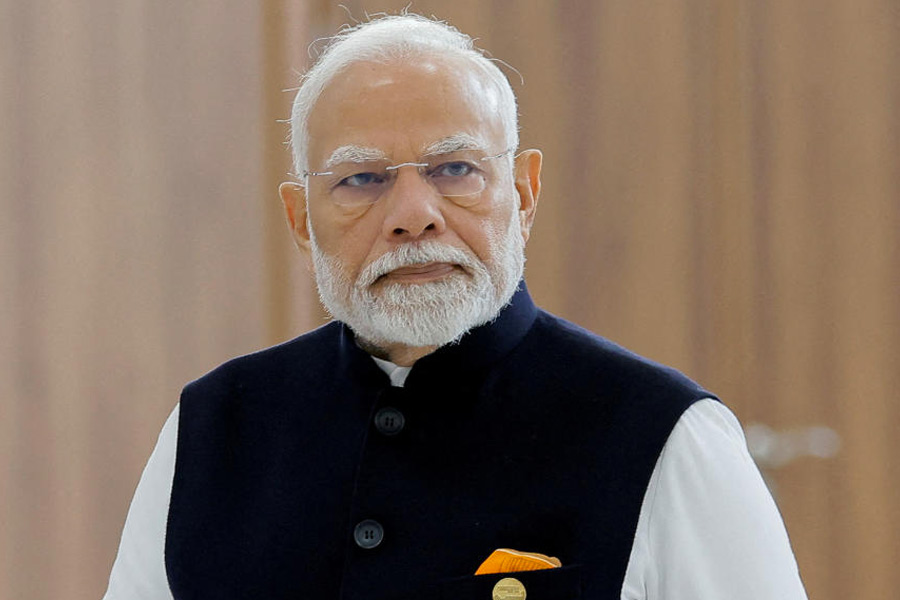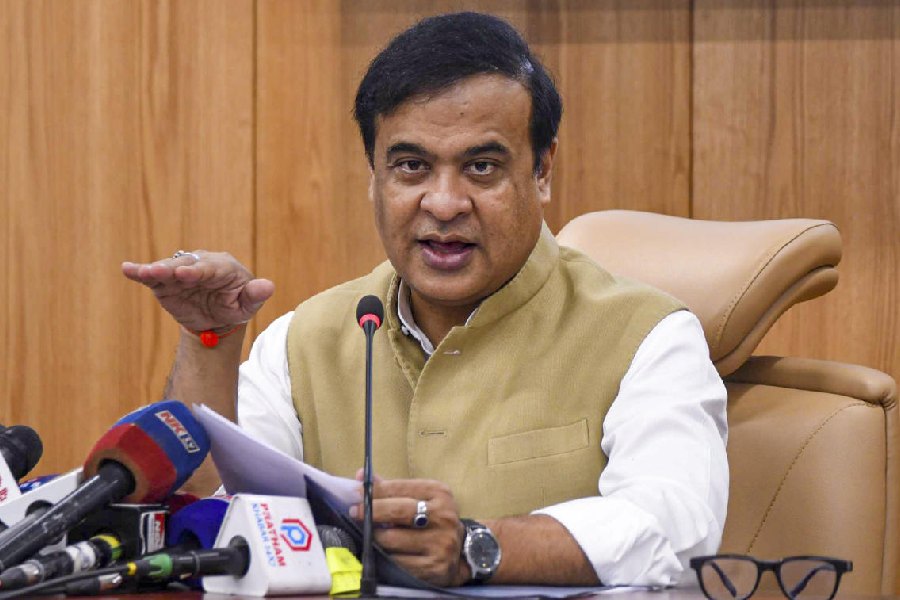An Indian health ministry official on Tuesday misrepresented an American biologist’s illustrative example of how social distancing can help curb the spread of Covid-19 as a study by the Indian Council of Medical Research.
Lav Agarwal, joint secretary in the health ministry, cited the example of how social distancing can reduce the number of new coronavirus infections with numbers from an exercise by Robert Signer, a University of California, San Diego, biologist.
Only, Agarwal, did not name Signer, but referred to an ICMR study.
Public health analysts tracking the country’s response to the coronavirus pandemic said the effort to underscore the importance of social distancing was in line with consistent “messaging” from the health ministry that appeared to “make people feel responsible” for outcomes.
Agarwal, during a daily government briefing on India’s response, cited a “recent” study that examined how at a specific value of R0 — the number of new infections possible from one infected person — social distancing or lockdowns can reduce the transmission.
He said an ICMR study had assigned R0 values of 1.5 and 4.0. Agarwal then added that the study had examined how many infections are possible by an R0 value of 2.5. Without any social distancing or lockdown, one person with the infection would give rise to 406 infections in 30 days.
If contacts or social exposure are reduced by 75 per cent through social distancing and a lockdown, the infected person infects only 2.5 persons, Agarwal said.
Social distancing is a very important intervention in the management of Covid, he said. “Social distancing is a social vaccine in terms of management of Covid.”
The ministry has not responded to an email query from The Telegraph.
The Inquirer, a US magazine, had cited these numbers in a March 24 article on the importance of social distancing, attributing them to biologist Signer and an accompanying illustration to art director Gary Warshaw.
Agarwal has twice during earlier briefings also cautioned that any single person violating social distancing measures could set back the government efforts to “zero.”
A community medicine specialist said such messages from the health ministry appeared designed to make people culpable for outcomes of control efforts.
“There is an overemphasis on social distancing — that nothing can be done but social distancing,” said Thiagarajan Sundararaman, a community medicine specialist. “This can make people feel responsible. Either they blame themselves or they blame others. This is really the wrong sort of messaging.”
Senior ICMR officials were not immediately available for comments on Agarwal’s remarks.
Scientists at the ICMR, the country’s health research agency, had last month released a study that quantified the challenge India faces and limitations of actions as it battles to curb the spread of the novel coronavirus.
The study had calculated that India would need to detect and quarantine half of all patients infected by the coronavirus within three days of them developing symptoms to reduce the country’s cumulative patients’ numbers by 62 per cent.
The ICMR study had not examined how many infections a person would spawn at R0 2.5.










